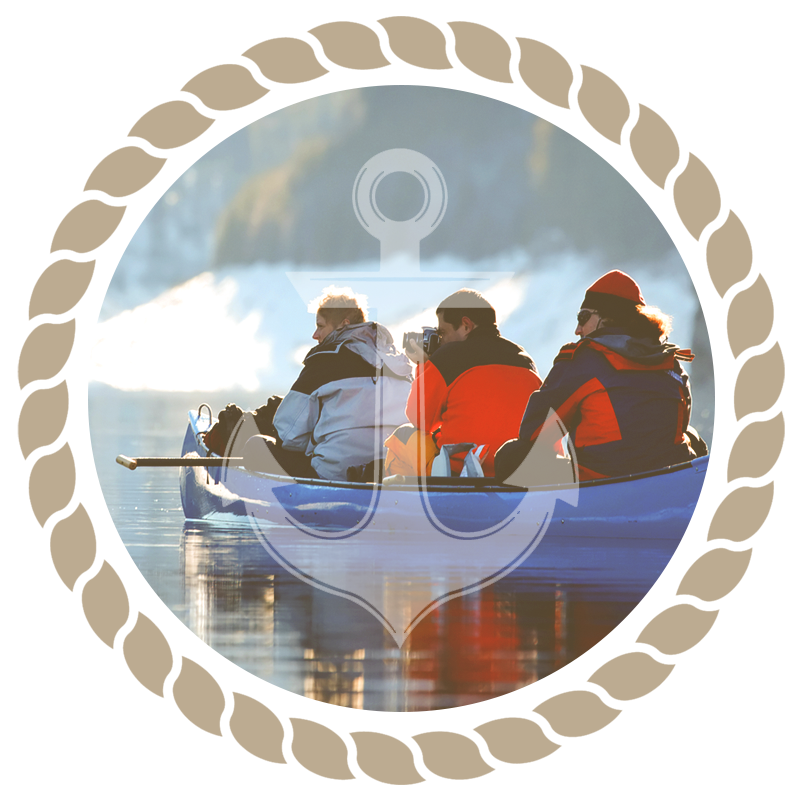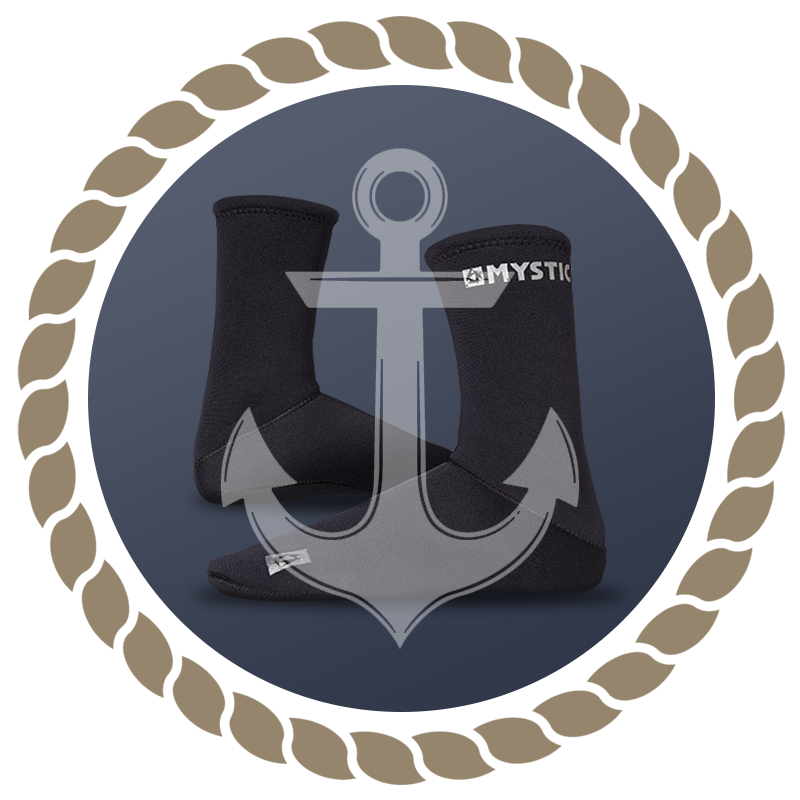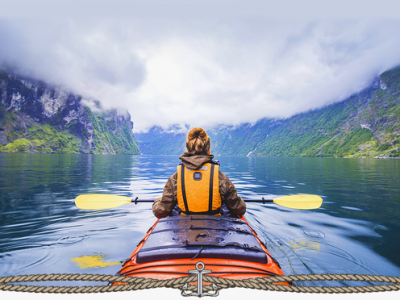How To Keep Warm In Winter Water
If you’re a year-round water sports enthusiast, you’ll need to kit yourself out with the right gear to keep your body warm during the colder months.
Just because winter is coming, it doesn’t mean you have to pack away the canoe, bag up the surfboard or give up open water swimming ‘till spring. A famous author may have once said, “if you tiptoe into cold water, you’re missing out on the rush of plunging in headfirst”, but the chilly depths can cool the body 25 times quicker than air temperatures and pose a serious risk to health. Or simply sap your energy to take part at all. Wearing the right watersports kit will keep the kayak rolling, the waves ridden and the nautical tack taken.

Keeping warm in cold water
the basics
Maintaining your body temperature in chilly conditions is all about wearing the right protective layers and keeping the wind and splashes off your skin.

It’s also true that if you’re an outdoor swimmer you can teach your body and brain to get used to the experience of being submerged into cool waters by doing so little and often – and gradually extending the time you’re in there – a bit at a time. Acclimatising to the water temperature each time helps. When you dip into a chilly pool, lake or ocean, the body immediately responds with a cold shock response. That’s the initial gasp, increase in heart rate, breathing and blood pressure. Regular dippers can become accustomed to this quite quickly.
But the most important thing is to select the correct clothing for whatever watersports you’re pursuing.

Wetsuit or drysuit?
Wetsuits do not remove the cold shock response when you get in the water. The suit fills with cold water and then the benefit kicks in. The layer of water trapped between the skin and the wetsuit warms up.
Material and depth of thickness are the most important factors to consider when choosing a wetsuit. You ideally want a neoprene wetsuit with a thickness of not less than 5 mm, although the thicker it is the less movement it will allow. Buy the best you can afford. It will be worth it.
Good warm lining and liquid-sealed seams are essential and you can even buy a heated wetsuit if you’re a naturally cold person. Opting for a drysuit gives you maximum protection from the cold. A drysuit doesn’t let water in and uses a layer of air to fully seal the covering.
However, drysuits are usually more expensive than a wetsuit. And wetsuits will generally allow better performance. Drysuits are normally best for divers, dinghy sailors, kayakers and also stand-up paddlers in the depths of winter and will take longer than a wetsuit to put on properly.


Heads up – cover your crown

Anyone who takes to the rapids knows that a sturdy helmet is essential for protecting the head from knocks and scrapes.
But for added warmth and comfort a skull cap or headcase for paddlers or sailors will prevent the loss of heat from an area of the body which can lose a lot of warmth.
If you’re swimming in cold weather then a silicone or neoprene swim cap will increase your comfort.

Don’t forget the lower parts
Compression shorts make absolute sense for anyone taking to the water. You can wear compression shorts under all manner of upper layers without affecting movement and mobility. If you are swimming they can also reduce friction from the water.
And wet feet means cold feet. We actually lose more heat through our tootsies and our hands than we do from our scalps. You will know that if you’re hot in bed on a night that sticking your toes out of the blankets has a quick cooling effect. This is because of the nature of blood vessels in our feet and the relatively large surface area they make up. Neoprene socks or boots and gloves will help keep the extremities toasty.




